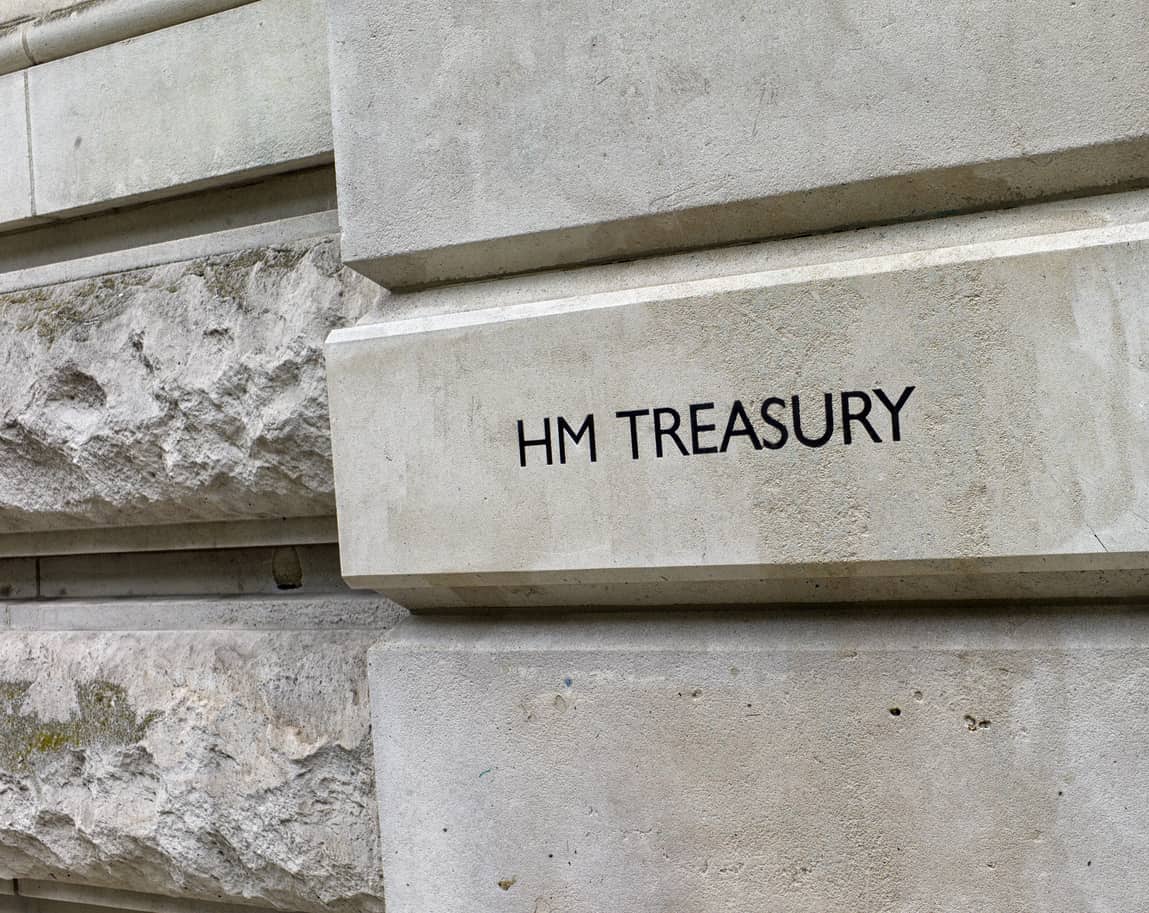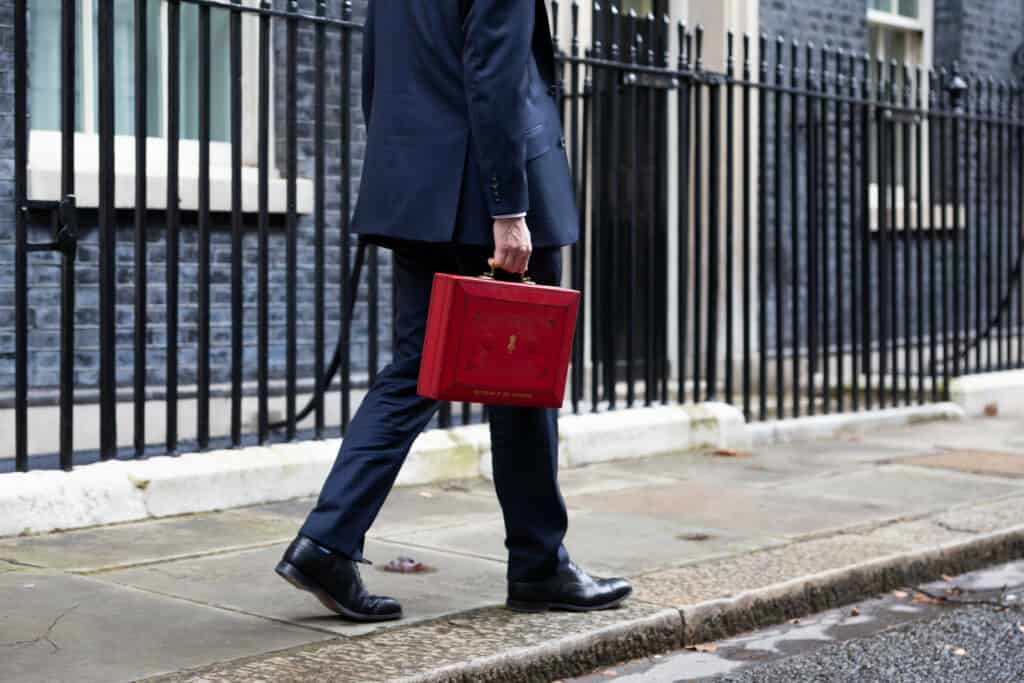CaSE 2015 Budget Briefing
18 Mar 2015
New CaSE analysis shows that the UK research base has lost over £1 billion of investment over the course of this Parliament due to the government’s flat-cash ringfence policy.
It also reveals that if current government policy is maintained, overall funding for research will continue to be eroded by inflation despite recent capital spending commitments, with the overall shortfall reaching £2.3 billion by 2020.
CaSE has analysed investment since 2010 in the UK research base, composed of the resource ‘Science Budget’ and capital budget, over the term of this Parliament, comparing it to what would have been spent if 2010 budgets had been maintained in line with inflation. The analysis looks at overall research base investment and how the resource and capital budgets have individually affected investment in science and engineering. It also looks at planned investment in the next Parliament (2015/16 to 2019/20).
Key points:
- A £1 billion real-terms shortfall in investment in the UK research base has accumulated over the course of this Parliament.
- This shortfall will be over £2.3 billion by the 2020 general election if current government spending policy continues.
- The resource ‘Science Budget’ has accumulated a £1 billion real-terms shortfall over the course of this Parliament and this is set to increase to over £3.1 billion by 2020 if the flat-cash ringfence policy is continued by the next government.
- Research capital investment has been unstable over the course of this Parliament but has not resulted in a significant shortfall overall. Due to the current government’s £1.1 billion per year investment plans, accumulative capital investment is predicted to be £800 million higher over the period of 2010/11 to 2019/20 than if investment only rose with inflation.
A £1 billion shortfall in investment has accumulated over this Parliament
The total research base budget, which includes resource and capital investment, has increased in cash terms from £5.5 billion in 2010/11 to a planned £5.9 billion in 2015/16. This represents an in-line with inflation increase overall. However, the annual funding shortfalls resulting from the 2010 flat-cash settlement for the resource ‘Science Budget’ have accumulated to a £1 billion loss to the UK research base over the lifetime of this Parliament.
Total investment dropped in 2012/13 and then gradually increased driven by ad hoc capital investments. However, these later investments have not been enough to recoup the money lost from the earlier drop in funding. The analysis shows that an above-inflation increase in investment in the next Parliament will be necessary to make up for money lost to the research base.
The research community is on track to meet the target of £428 million in efficiency savings to be achieved between 2010 and 2015, set by the Wakeham report. The shortfall revealed in this analysis has therefore not been absorbed through efficiency savings. University UK members have raised concerns that the long-term sustainability of research could be brought into question should the Wakeham recommendations be rolled forward into future years with similar expectations of savings.
Increased investment is needed to reverse the shortfall
In the 2013 Spending Review, the government announced that it would increase science capital investment to £1.1 billion in 2015/16, and maintain this in line with inflation each year up to 2020/21. This was reaffirmed in the Science and Innovation Strategy published in December 2014. However, this does not commit the next government, which could change this spending plan. None of the political parties have committed to increasing the resource ‘Science Budget’ from 2016/17 onwards (Note: The Liberal Democrats have said that they will keep the resource ‘Science Budget’ ringfence and increase it in real terms once the deficit is eliminated). If the current flat-cash ringfence is maintained over the next Parliament the accumulated shortfall for the research base will continue to increase.
There will be shortfalls in each year of the next Parliament, based on current government policy of capital investment rising with inflation from a baseline of £1.1 billion in 2015/16 and assuming a continued flat-cash ringfence. The overall loss to the UK research base will reach £2.3 billion by the end of the next Parliament. This acceleration is due to the acceleration in inflation currently forecast for the end of this decade.
There is a growing disparity between resource and capital investment
The resource ‘Science Budget’, distributed mainly by the research councils and higher education funding councils, covers the costs of conducting research, including researchers’ salaries. The capital budget supports the construction of new facilities and the purchasing of large pieces of equipment. In science and engineering, resource and capital is entwined, each equally requiring the other. Resource and capital budgets have been treated very differently by this government and it is unclear how the next government will treat them.
The capital budget was cut by 40% following the 2010 Spending Review. This resulted in a drop in investment in 2012/13 but ad hoc capital spending announcements since then have in fact meant that the 40% cash-terms cut never materialised (Figure 3, capital). Overall, capital investment has almost increased in line with inflation; by the end of 2015/16 the accumulative capital investment shortfall will be £41 million. However, from 2016/17 onwards, capital investment will be above what it would be if 2010/11 spending was maintained in line with inflation. Under current government policy and inflation forecasts, total capital investment is predicted to be £800 million higher than if investment only rose with inflation from 2010/11 to 2019/20.
The primary concern with capital investment has not been the impact of the 40% cut that was feared but instead the instability and uncertainty caused by cuts and the ad hoc announcements of capital. This has led to difficulties in planning for new research infrastructure or upgrading existing facilities, and created uncertainty for long-term research collaborations, including between academia and industry.
The resource ‘Science Budget’ has only had a £130 million cash increase over this Parliament (the Newton Fund introduced in 2014/15 contributed significantly to this) and its value has therefore been eroded by inflation. By the end of 2015/16 there is expected to be a resource investment accumulative shortfall of £1 billion.
If the current flat-cash ringfence is maintained and a new baseline is taken from 2015/16 (to account for the slight cash increase the current government has provided) the shortfall will rise to over £3.1 billion by the 2020 general election. This acceleration is due to the acceleration in inflation currently forecast for the end of this decade.
If resource and capital budgets are not tied, the disparity between the two will grow, resulting in inefficient use of public funds.
Government investment in business research and innovation has increased
The government also invests in business-led research and innovation. This is distributed by Innovate UK (formerly the Technology Strategy Board) and is not included in the research base analysis above.
Government investment through Innovate UK has increased from £277 million in 2010/11 to an expected £536 million in 2014/15.
(Note: As reported in Technology Strategy Board Annual Reports and Accounts, listed as “technology grants”, except figures for 2014/15, which have not been reported yet but are anticipated to be £536 million in the Technology Strategy Board Delivery Plan for 2014/15).
This represents an 80% real-terms increase and has largely been driven by investment in catapult centres, which were introduced in 2011.
Notes
- Research base investment data used in this analysis was obtained from government allocations documents (here and here) and additional allocations, accounted for in annual Budget and Autumn Statement documents obtained from the gov.uk website.
- The data presented here does not include other areas of government spending, such as departmental R&D spending, and R&D tax relief.
- The latest Office for National Statistics figures (2012) show a downward trend in government R&D spending since 2009 (Note: these do not account for tax relief), also analysed by CaSE, with reductions in expenditure in constant prices, driven by the Research Councils, Higher Education Funding Councils, and the Ministry of Defence. These figures are expected to be updated in June 2015.

Related resources

CaSE’s analysis of the 2024 Spring Budget.

The Office for National Statistics have released the latest business enterprise research and development data for the UK in 2022.

Read CaSE’s representation to HM Treasury for Spring Budget 2024.

DSIT released a series of announcements as it marked its first anniversary on 9th February 2024. Below we take a look at some of these updates.